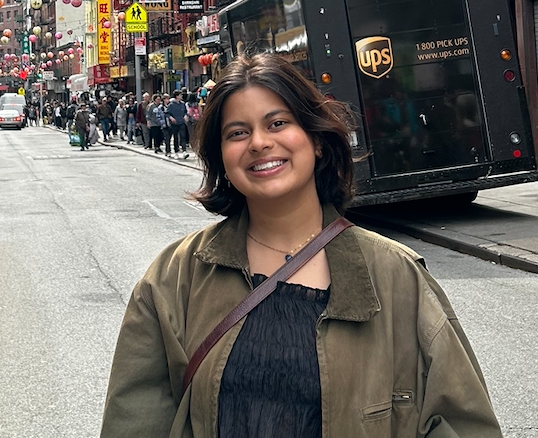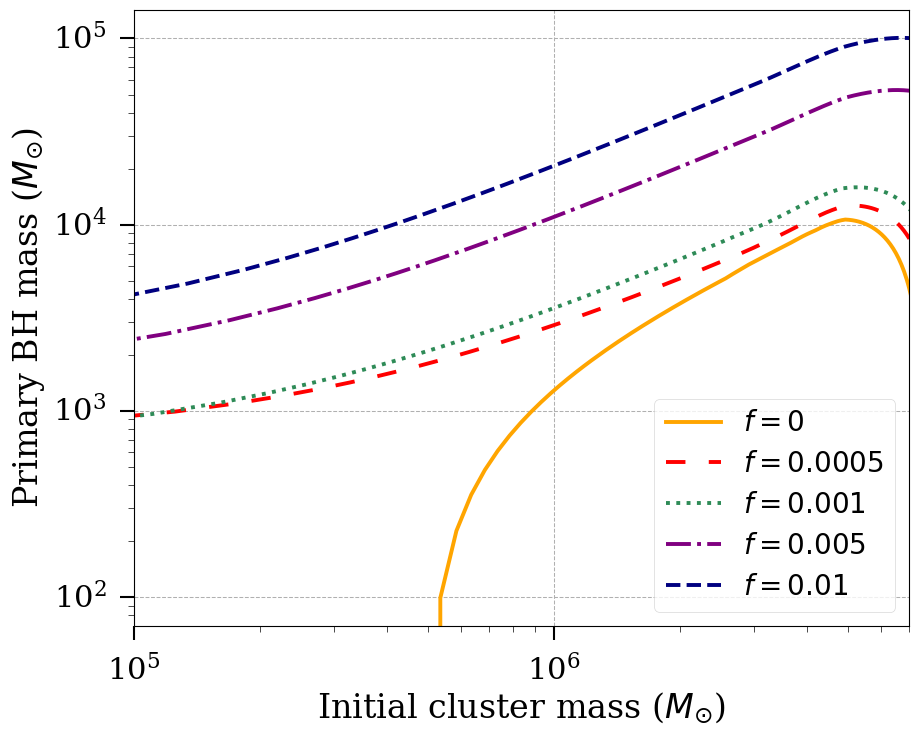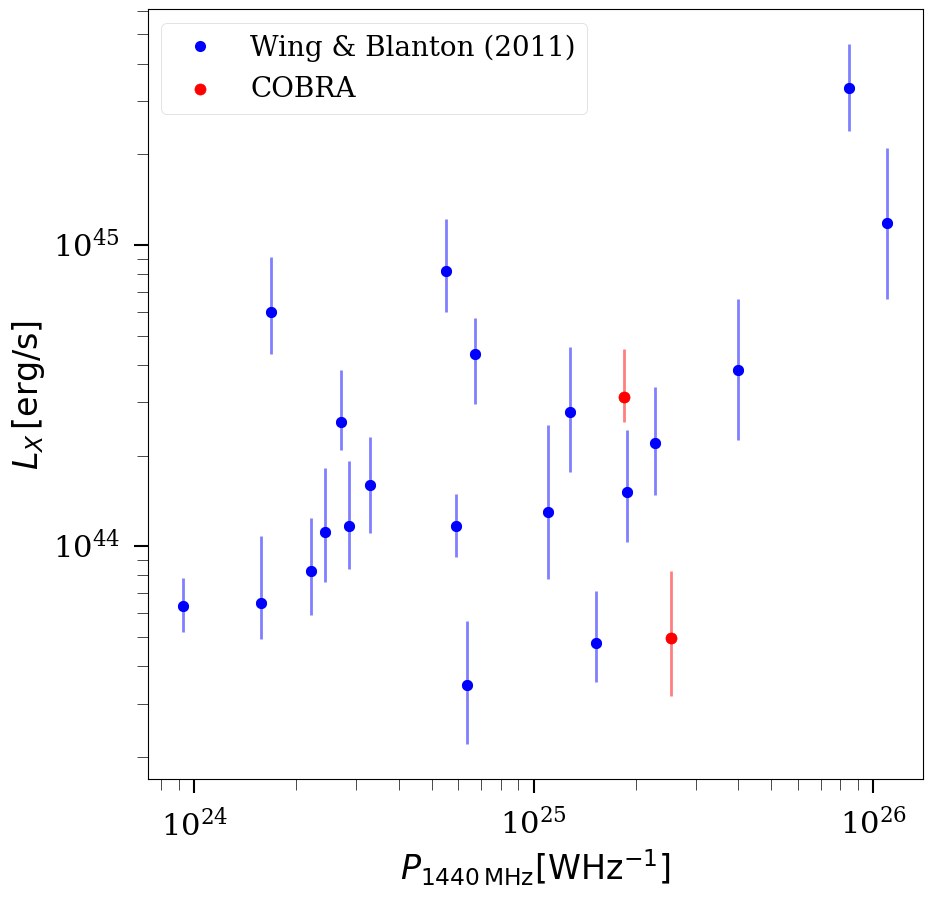
I am a graduate student in Astronomy at Boston University. My research interests are in galaxy and black hole co-evolution, intermediate-mass black holes, AGN population statistics, and large-scale structure of the Universe.
I graduated from Dartmouth College in 2024 where I majored in Physics and Astronomy. I worked on intermediate-mass black holes with Professor Ryan Hickox.
My CV can be found here. Some highlights of my projects are listed below.


